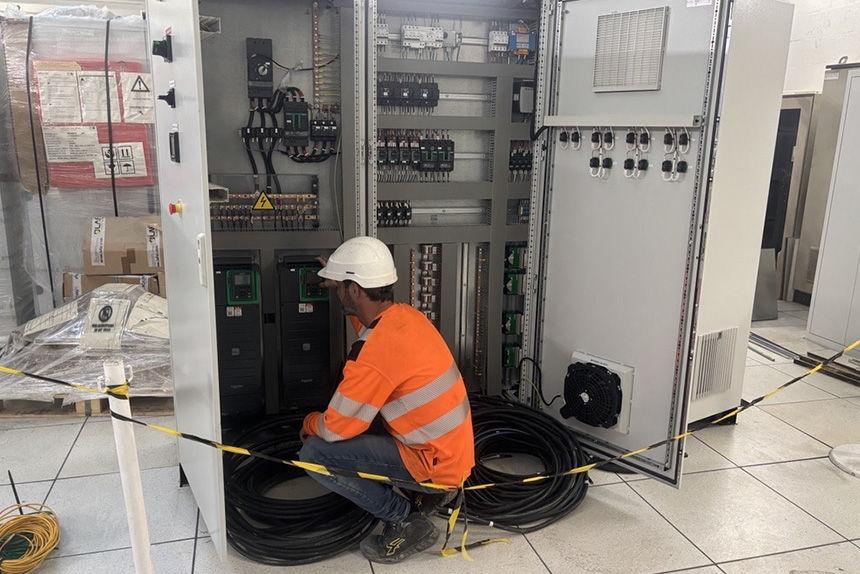Nîmes Waste-to-Energy Plant: IESA supports the modernization of flue gas treatment and energy recovery systems

As part of a major performance improvement project at the Waste-to-Energy Plant (WEP) in Nîmes, IESA’s experts are currently on site to support the modernization of the facility.
Our team is working on the installation of a new flue gas treatment system and the implementation of advanced energy recovery systems, two key areas designed to enhance the site’s energy efficiency and reduce its environmental footprint.
A project at the heart of the energy transition
Waste-to-Energy Plants play a crucial role in the energy transition by converting non-recyclable waste into usable energy such as electricity and heat.
The modernization project in Nîmes aims to improve overall performance, reduce atmospheric emissions, and maximize green energy production.
The replacement of the flue gas treatment unit and the Turbo Alternator Group (TAG) is a major step toward greater efficiency and sustainability.
IESA’s industrial electricity expertise serving environmental performance
On this large-scale project, our industrial electricity specialists are ensuring the successful integration of the new flue gas treatment and Balance of Plant (BOP) systems — critical components for optimized energy recovery.
Their mission includes:
- Electrical integration of the new systems,
- Compliance and installation upgrades,
- Connection and testing of the equipment related to the energy recovery process.
This operation perfectly illustrates IESA’s ability to support clients with complex industrial projects that combine operational performance and environmental responsibility.
A trusted partnership built on expertise
IESA extends its appreciation to EVOLIA VALO GARD, a VEOLIA subsidiary, for their confidence and collaboration on this project.
Our on-site team — Stéphane, Aurélien, Sylvain, and Olivier — are fully committed to ensuring the success of the project and the continued performance of the facility.
IESA, a committed player in sustainable energy performance
With extensive experience in Waste-to-Energy Plants (WEPs), IESA supports both public and private operators in the modernization, safety improvement, and digitalization of their facilities.
Thanks to our combined expertise in industrial automation, industrial electricity, and industrial simulation, we actively contribute to the sustainable transformation of energy production sites.

